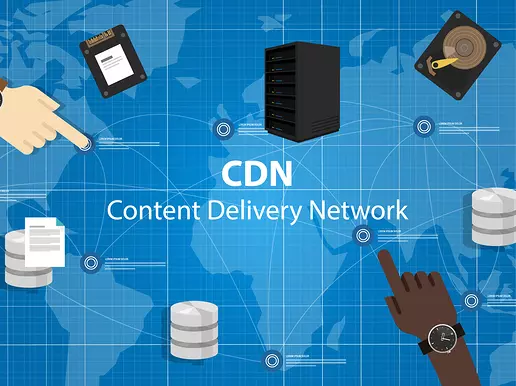How many times have you asked someone working at SaaS company what it is his company does, and found yourself walking away with the following feeling:
“His answer was so confusing and chuck-full of buzzwords that I now somehow know less about what his company does?”
SaaS companies notoriously struggle considerably with breaking down complex ideas into simple, comprehensible concepts.
And it’s not always their fault.
Often operating within a niche ecosystem, it is very difficult for hyper-specialized companies to explain what they bring to the table in layman’s terms.
This is a problem.
Tasking those who develop and maintain the technical aspects of the product with describing your solution will almost always end in disaster.
Long, technical articles are a complicated way of conveying concepts, and very often do not result in the prospect truly understanding what it is you set out to explain.
That’s where video come in.

The value of video marketing
The true value of video marketing is encapsulated perfectly in this somewhat tired, (but still definitely true) adage:
‘Why tell them when you can show them?’
Video offers three features that no other form of media can come even close to emulating: It connects with, educates and converts the largest number of customers possible.
In doing this, you gain a crucial competitive advantage necessary to pull ahead of your competitors.
Let’s break it down:
Video connects
Video helps new and recurring customers feel more informed and connected to your brand. This is achieved primarily through the medium’s unique personalization capabilities. Unlike any form of content, videos enable creating a true emotional attachment. Engaged prospects and returning customers are less likely to be deterred by price influxes and will showcase a far higher of brand loyalty.
Video educates
The one area in which video is undeniably superior to any other forms of media is its ability to provide information via visual and auditory cues.This enables it to engage the viewer in the most effective way possible. Leveraging animation, human actors and the right kind of music to tell stories yield incredible conversion results.
Your learning video should focus on three basic components:
The ‘what’ (as in ‘what does this product do?’), the ‘how’ (as in ‘how do I use this product?) and the ‘why’ (as in ‘why should I care?’).
Video converts
No other form of content can convince your prospective customers that your SaaS product is the right tool for the job. Once they feel connected with your brand and educated about how it works, a well-produced video can make all the difference between a lead converting or remaining an interested SQL.
How to leverage the value offered by video
During each stage of the sales process, video can be used to get through to your prospective customers.
In his famous 1996 Harvard Business Review piece, Michael Porter argues that strategy is composed of two essential factors that are crucial for success:
Do what everyone else is doing, but better and faster; or, do something the rest of your competitors aren’t doing.
Part of leveraging videos for your business use case is showing potential customers how you’re different from the rest of your competitors.
If you offer a similar solution as your competitors, is your platform better, more intuitive or faster? What sets you apart? Your great UI? The amazing UX? Or, maybe, the customizable nature of your platform? If you do more than the next closest competitor, is switching over to your platform really that worth it?
All of these points can be iterated clearly and effectively through a short, engaging video.

Educational videos
Educational videos are winning the content wars.
Why? They’re enjoying phenomenal success in triggering interest as soon as the user encounters content.
The science behind educational videos is pretty straight forward:
Offer prospects useful and interesting information that is helpful to them.
The B2B sector is known for the proliferation of educational content such as webinars and whitepapers that have long ago become industry staples. There is a demand for something more immediate and less-time consuming.
That’s the slot educational videos slip into. If a brand can make learning faster, quicker and fun, users are more likely to engage and share the content with wider audiences.

Demo/explainer videos
In competitive B2B and B2C environments, demos/explainer videos simplify conveying abstract concepts.
Normally appearing in the form of bite-size content, Demo/explainer videos typically range between two-three minutes (videos that are shorter than 2 minutes yield the highest engagement rates). Successful demo/explainer videos parlay emotional tactics to communicate their business’ message.
Using demo/explainer videos for your business is more likely to see prospects purchase your product or service.
According to Wordstream, more than 50% of marketers pick video as their content type of choice because of its high ROI.

Case studies & testimonials
Having someone explain in a video how your software benefited them or helped their company grow is marketing gold. Video testimonials have been proven to be some of the best tools to convert viewers into buyers due to their unquestionable authenticity.
Customers trust other customers when they share genuine positive experiences and honest feedback.
73% of customers trust a business more after reading positive reviews.
It goes without saying that it would be worth exploring creating a video case study.









